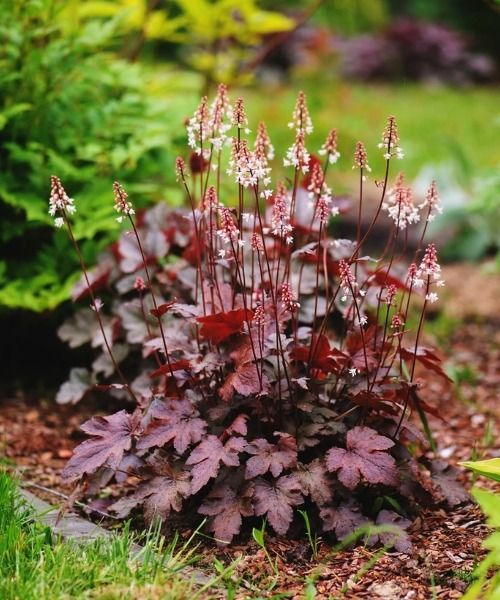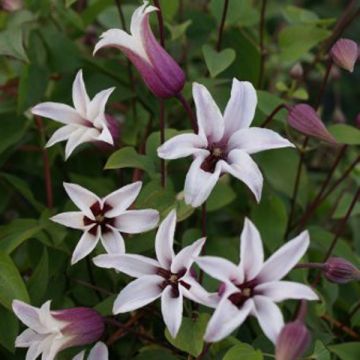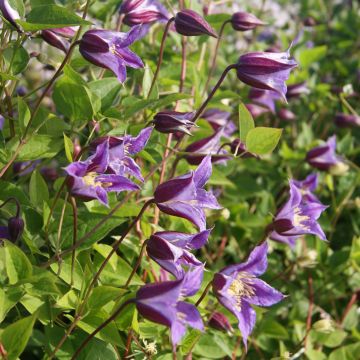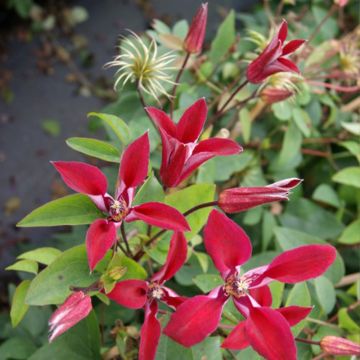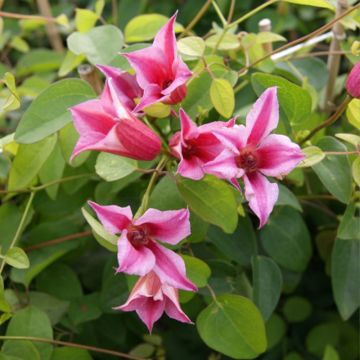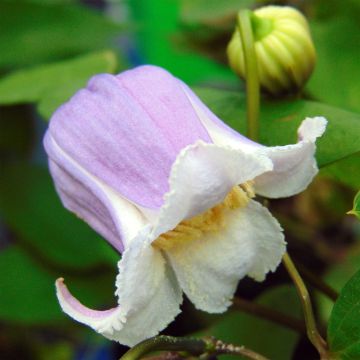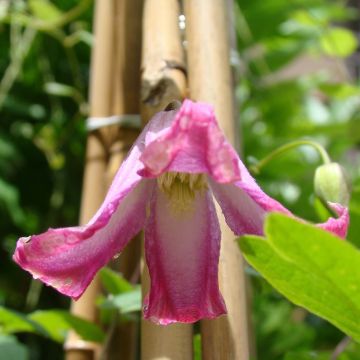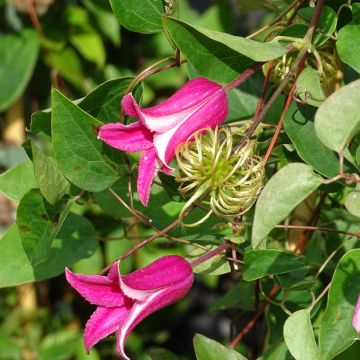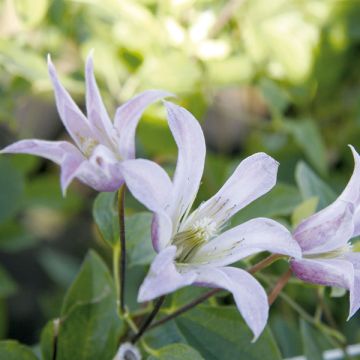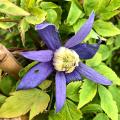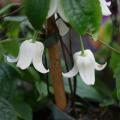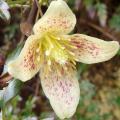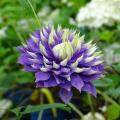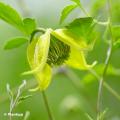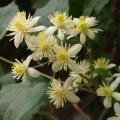Clematis Texensis
Does this plant fit my garden? Set up your Plantfit profile →
Available in 1 sizes
Available in 1 sizes
Available in 1 sizes
Available in 2 sizes
Available in 1 sizes
Available in 1 sizes
Available in 1 sizes
Available in 1 sizes
Available in 1 sizes
The Clematis of the Texensis group are cultivars derived more or less directly from Clematis texensis, Viorna, and Patens. These are deciduous climbing species, with late flowering that occurs on the current year's branches. Vigorous plants, their pale to dark green leaves, sometimes grey-green, measuring 2 to 15cm (1 to 6in) long, are pinnate, dentate, and leathery. The inflorescences are presented as solitary flowers or numerous paniculate cymes. On young branches, the first flowers develop more towards the end of the climber. The flowers of the Texensis group are bisexual, with drooping bell-shaped or upright tulip-shaped flowers, measuring 4 to 10cm (2 to 4in) in diameter. The petals, numbering from 4 to 6, are red to dark purple at the base. At the end of flowering, seed heads appear, topped with a very decorative feathery style. The flowering period lasts from July to October, with a beautiful re-flowering in autumn depending on the varieties. The hardiness of the Texensis Clematis varies between +5 and -17°C (41 and 1.4°F) depending on the species. In March, all the previous year's stems should be cut above a cluster of buds, 20cm (8in) from the ground. Texensis Clematis, with fleshy roots, should be planted 10cm (4in) deep in a moist, humus-rich, well-drained soil in full sun.
Haven't found what you were looking for?

































